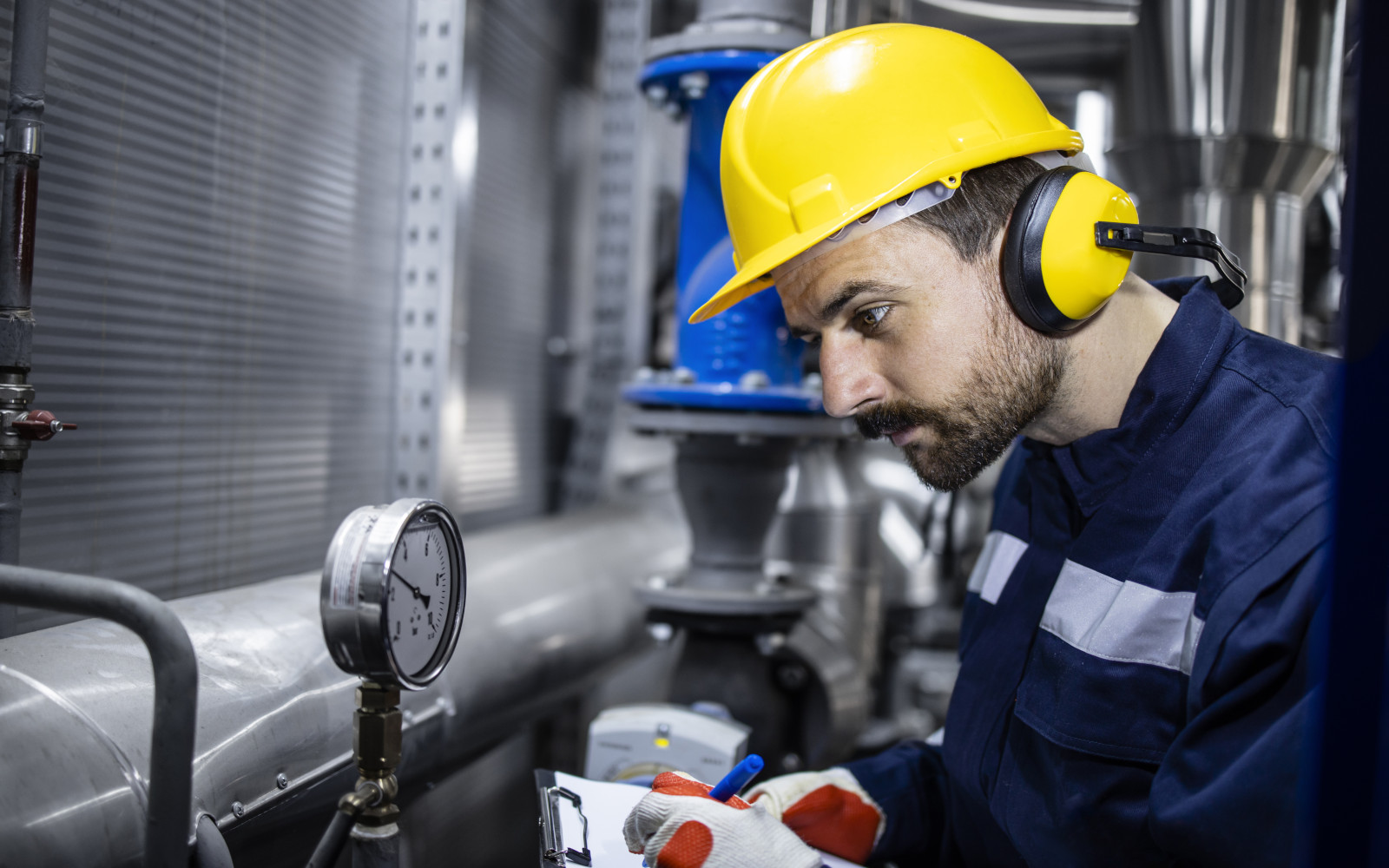Bromine (Br2) is a highly reactive and corrosive element used in various industrial processes. While essential in many applications, bromine poses serious health and environmental risks if not handled properly.
This article explores the dangers of Br2 gas leaks, its industrial uses, safety precautions, and best practices to ensure the safety of workers and facilities. Our aim is to provide safety managers, industrial hygienists, and other professionals with critical information to mitigate the risks associated with bromine.
Common Industrial Uses of Bromine
Bromine is utilized in a wide range of industries due to its unique chemical properties. Key applications include:
- Flame Retardants: Used extensively in the manufacture of flame-retardant materials, particularly in electronics, textiles, and construction materials.
- Water Treatment: Employed in water disinfection processes, especially in pools and spas.
- Pharmaceuticals: Involved in the synthesis of certain medications, including sedatives and anticonvulsants.
- Agriculture: Used in pesticides and soil fumigants.
- Chemical Manufacturing: As a catalyst and reagent in organic synthesis, including the production of dyes and photographic chemicals.
Br2 is a hazardous substance that requires careful handling and storage to prevent accidental releases.
The Hazards of Bromine Gas
Bromine is a dense, reddish-brown liquid at room temperature that readily evaporates into a red vapor with a strong, pungent odor. It is highly corrosive and poses several health risks:
- Respiratory Irritation: Inhalation of bromine vapors can cause coughing, choking, and difficulty breathing. Severe exposure may lead to lung damage and chemical pneumonia.
- Eye and Skin Irritation: Contact with bromine can cause severe burns, irritation, and permanent damage to the eyes and skin.
- Toxicity: Bromine is toxic, and exposure to high concentrations can result in serious health effects, including neurological symptoms, systemic toxicity, and potentially fatal outcomes.
Exposure Limits and Regulations
To safeguard workers from Br2 exposure, several regulatory bodies have established limits:
· OSHA (Occupational Safety and Health Administration):
-
- PEL (Permissible Exposure Limit): 0.1 ppm (8-hour TWA)
· NIOSH (National Institute for Occupational Safety and Health):
-
- REL (Recommended Exposure Limit): 0.1 ppm (ceiling)
- IDLH (Immediately Dangerous to Life or Health): 3 ppm
· ACGIH (American Conference of Governmental Industrial Hygienists):
-
- TLV (Threshold Limit Value): 0.1 ppm (8-hour TWA)
Safety Measures and Best Practices
Ensuring the safety of workers and facilities requires a comprehensive approach to handling bromine. Key safety measures include:
1. Fixed Gas Detection Systems:
-
- Early Detection: Fixed gas detectors can continuously monitor Br2 levels, providing early warnings in case of leaks.
- Alarm Systems: Timely alerts enable immediate evacuation and response measures.
2. Personal Protective Equipment (PPE):
-
- Essential PPE includes chemical-resistant gloves, goggles, face shields, and full-body protective suits. Respiratory protection is critical when working in areas where bromine vapors may be present.
3. Ventilation and Containment:
-
- Proper ventilation systems are crucial to disperse bromine vapors and prevent the accumulation of hazardous concentrations. Containment measures, such as fume hoods and scrubbers, can mitigate the impact of accidental releases.
4. Emergency Response Plans:
-
- Comprehensive emergency response plans should include evacuation procedures, first aid protocols, and coordination with local emergency services. Regular drills and simulations can enhance preparedness.
5. Training and Education:
-
- Ongoing training for all personnel involved in handling Br2 is vital. Training should cover the hazards of bromine, safe handling practices, emergency procedures, and the proper use of PPE.
Bromine is a valuable industrial chemical but poses significant health and safety risks. Understanding its hazards and implementing stringent safety protocols, including gas detection systems, appropriate PPE, ventilation, and thorough emergency planning, are essential for protecting workers and facilities.
By prioritizing safety and adhering to best practices, industries can minimize the risks associated with Br2 exposure.
For more information on bromine safety and Interscan’s Accusafe and GasD 8000 detection systems, please contact us and request a quote today.


